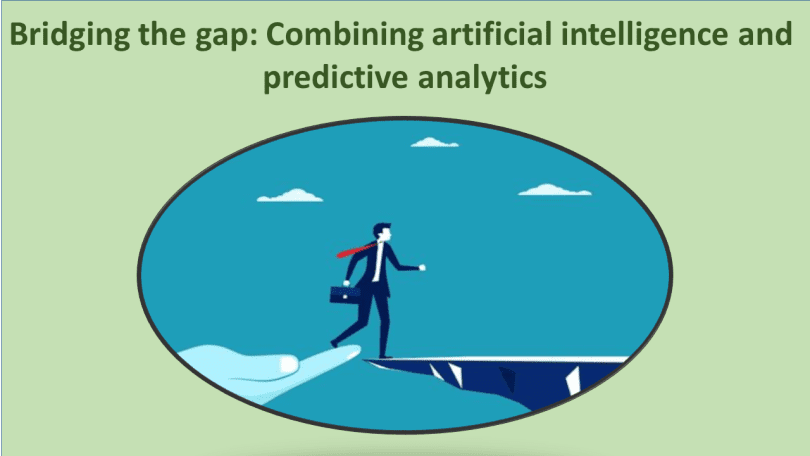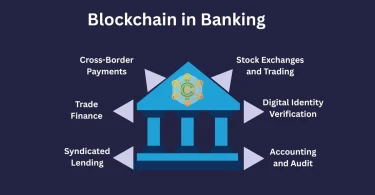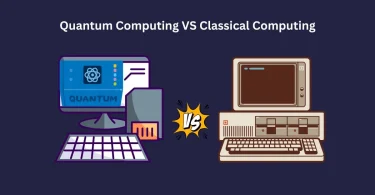Difference between predictive analytics and artificial intelligence
Both artificial intelligence (AI) and predictive analytics are two commanding, dominant and powerful technologies that could be combined to make more sophisticated problem solving gadgets.
Predictive analytics uses mathematically trained algorithms to analyze historically given data and make predictions about future circumstances; it also uses machine learning techniques to enhance its efficiency and accuracy in results. For predictive analytics human bases data queries required to predict about.
On the other edge, artificial intelligence (AI) refers to the ability of machines to perform tasks that normally require human intelligence, such as perception, prompting, reasoning, and decision-making. Artificial intelligence can autonomously perform tasks without human supervision.
If entrepreneurs are willing to go more and more deep insights into their data for better understanding to make more accurate predictions with efficiency about upcoming events or trends, then they should combine artificial intelligence and predictive analytics.
E.g. Businessperson or retailer is able to examine its consumer’s behavior and history of previous purchasing to forecast how, when, of what amount and which product will he or she will purchase in the future; all the credit for this goes to predictive analytics. After all of this prediction, artificial intelligence can be used for personalized recommendations for every consumer on the basis of his or her history.
One immense and vital thing to take in mind is the success percentage of artificial intelligence and predictive analysis; its success is dependent; yes, it depends on the quality and quantity of datasets utilized during the training of its algorithms. Organizations must have to ensure the availability of mandatory expertise and resources to develop, implement and retain complicated systems of artificial intelligence and predictive analytics.
How AI and predictive analytics can be combined in the field of fraud detection?
Predictive analytics is used to examine transactions of data; for the purpose of fraud detection through the identification of patterns and peculiarity anomalies. Artificial intelligence is then used to automatically flag potentially fraudulent transactions and alert human analysts to investigate further.
Gaps and challenges of combining AI and Predictive Analytics
Quality of data sets
The success of artificial intelligence and predictive analytics totally relies on the quality, nature, standard and quantity (aggregate, size and mass) of the data used to instruct/train the algorithms. High-quality data is crucial to provide by the concerned organizations; relevant to the problem they are trying to resolve.
Complexity in the system
AI and predictive analytics solutions are complex tasks to understand; organizations must be prepared and ready before to manage and maintain these systems over time. This includes ensuring that the algorithms are updated and the system is functioning properly.
Expertise level
Development and implementation of predictive analytics and artificial intelligence need a high level of skills, knowledge and expertise; in these techs. Need experts in their own field like machine learning engineers, mathematicians and data specialists.
Bridging the gap between AI and predictive analytics can provide many additional benefits to organizations e.g. higher accuracy, real-time insights, and automation. However, organizations must carefully consider the data and resources required to develop and maintain these solutions.




Leave a Comment